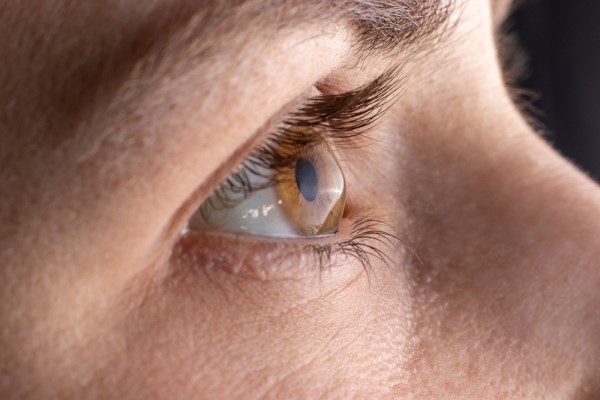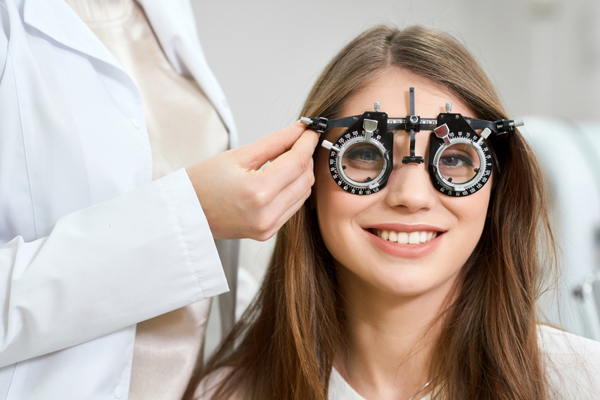Causes and Treatment of Keratoconus

Keratoconus is a condition of the cornea. It causes vision distortion and blindness. The corneal damage makes it prone to free radicals. This disease thins out the cornea and makes it bulge out in a conical shape. If you want to understand keratoconus causes and treatments, here are the details.
The known causes
Studies show that this condition may result in an enzyme imbalance within the cornea. This imbalance causes vulnerability to damage from free radicals. This causes the cornea to thin out and then bulge forward. A person with a genetic predisposition for keratoconus can develop it. That is why this eye condition can affect more than one member of the family.
Staying too long under the sun can trigger the onset of this eye disease. Ultraviolet rays can cause corneal damage, allowing free radicals to take over. Eye rubbing causes abrasions in the cornea. This leads to openings for free radicals. Chronic eye irritation is also a possible cause of keratoconus. Ill-fitting contact lenses can cause this eye condition as well.
The treatments available
The attending ophthalmologist can prescribe custom-fit soft contact lenses. These can help patients with mild to moderate keratoconus. These lenses will be based on the measurements of the patient’s keratoconic eyes. These soft contact lenses are more comfortable to wear than gas-permeable ones.
Corneal crosslinking stabilizes and strengthens the cornea. The ophthalmologist can combine corneal crosslinking with other treatments. Gas-permeable and hybrid contact lenses can also help. These contact lenses are helpful with adapting to the shape of the cornea. Gas-permeable in vaulting over the irregular cornea. Hybrid contacts can oxygenate the ocular parts of the eyes.
Piggybacking contact lenses in the same eye can provide more comfort. This technique is possible by placing soft gel contacts on the eyes first. Then, GOP contact lenses will protect the eye. Advanced prosthetic lenses are custom-fit lenses. They can fit over an individual’s sclera and cornea in a snug way.
A corneal transplant can help people with keratoconus as well. This type of surgery is also called penetrating keratoplasty. This is for those without tolerance for rigid contacts. It is also for patients who cannot find relief in other therapies or contact lenses. The patient will need corrective contact lenses or eyeglasses after the surgery.
Topography-guided conductive keratoplasty can smooth out corneal irregularities from keratoconus. This procedure uses radio waves to probe the periphery of the patient’s cornea. It reshapes the front surface of the eye.
Each person has a different eye topography. A scanner takes the patient’s eye topography. The 3D images will give the ophthalmologist a good map of the patient’s affected eyes. This will result in a detailed surgery.
Knowing the causes of keratoconus can prepare you for its treatments
Some people suffer from the discomfort of this eye condition. Ending up failing to get relief from some treatments can be frustrating. For this case, your ophthalmologist will recommend surgery. An eye appointment will determine what type of keratoconus treatment you need.
Get more information about Bright Eyes Optometry in Mt Vernon at https://brighteyesmv.com.
Check out what others are saying about our services on Yelp: Optometry in Mt Vernon, NY.
Recent Posts
Emergency eye care is needed if you find yourself dealing with a problem with your eye that causes pain or affects your vision. Failing to treat eye injuries as soon as they are detected can lead to permanent consequences, like reduced vision or blindness. Common eye injuries that require emergency eye care include: Exposure to…
Looking for more information on eye protection? An ophthalmologist knows everything there is to know about protecting the eyes. While there are a few different types of eye care professionals, ophthalmologists are eye care professionals who have undergone additional years of education and training so they can offer their patients both medical and surgical eye…
Controlling myopia at an early age can slow down its progression. This can help prevent yearly upgrades for stronger glasses. Your optometrist can help by offering various treatments. If you want to find out how your optometrist can help control myopia, here are the details.Optometrists use atropine eye drops to achieve short-term myopia control results.…
Another word for an itchy eye is ocular pruritis. It is a common health situation in many people. Itchiness in your eyes is more than enough reason to see an optometrist. Receiving prompt treatment is important in receiving prompt relief. If you want to know what causes an itchy eye and the treatments for it,…



